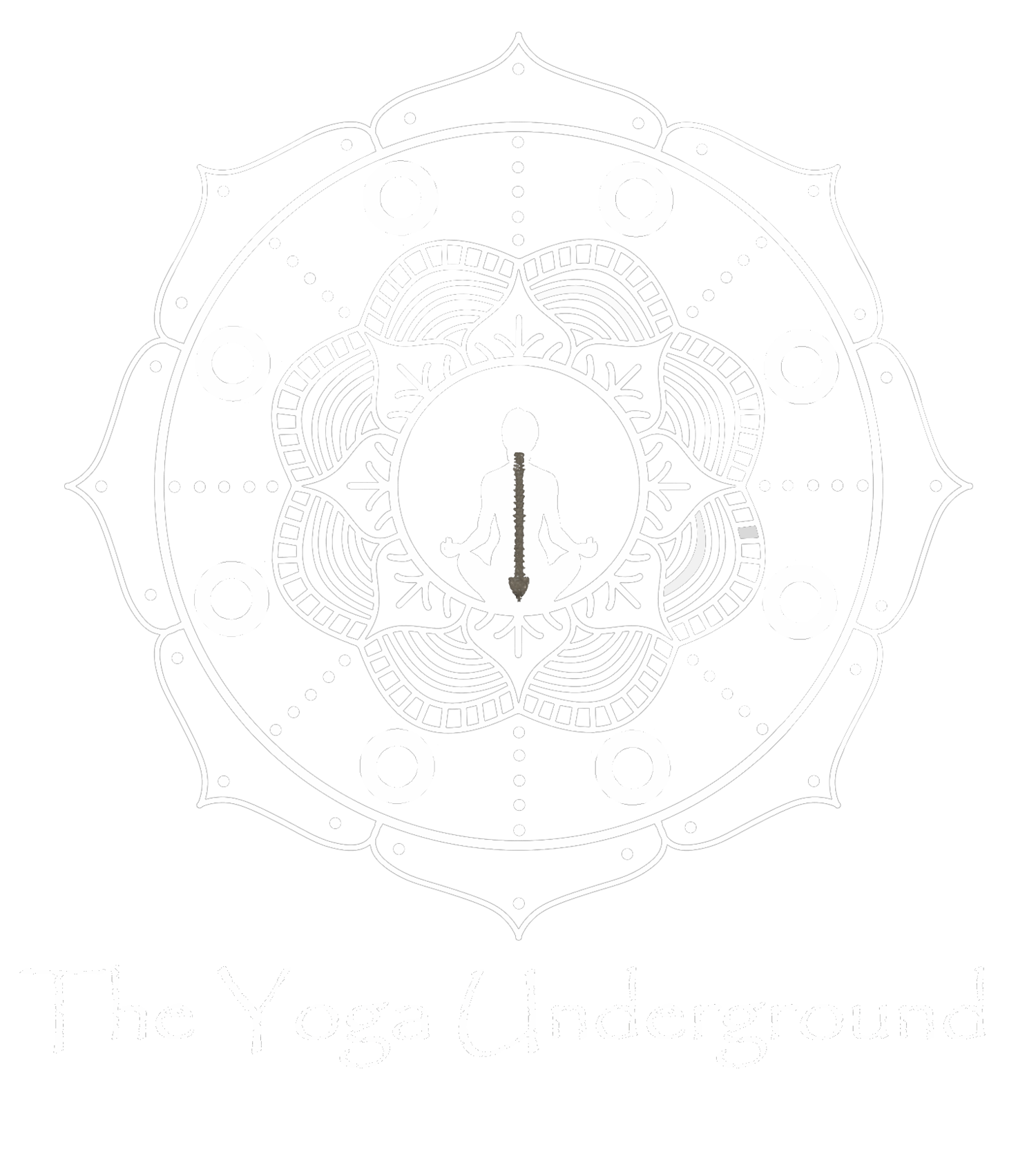Treatments
CHECK OUT MORE INFORMATION AT OUR DEDICATED CLINIC WEBSITE HERE.
Chiropractic Adjustment: Chiropractic adjustment is a procedure in which trained specialists (chiropractors) use their hands or a small instrument to apply a controlled, sudden force to a spinal joint. The goal of chiropractic adjustment, also known as spinal manipulation, is to correct structural alignment and improve your body's physical function.
A.R.T. (Active Release Technique): This is a patented, state of the art soft tissue system/movement based massage technique created by Dr. Michael Leahy, D.C., CCSP, that treats problems with muscles, tendons, ligaments, fascia and nerves. Headaches, back pain, carpal tunnel syndrome, shin splints, shoulder pain, sciatica, plantar fasciitis, knee problems, and tennis elbow are just a few of the many conditions that can be resolved quickly and permanently with ART. These conditions all have one important thing in common: they are often a result of overused muscles.
Eustachian Tube Drainage (Endonasal Technique): This is a technique used to relieve congestion in the tube behind the eardrum by draining fluid away from the ear. This practice will help your tinnitus (persistent ringing in your ears) if it’s due to congestion of the ear, nose or throat. It is also a good technique to expedite curing a simple ear infection, or unblocking your ears after diving or flying. The process is fairly simple, and although most people gag, it is relatively painless. With your mouth open wide your chiropractor reaches a finger back past your molars and the hinge of your jaw. Beyond the jaw hinge, towards the back of the throat there is a stringy vertical tendon called the “tonsillar pillar”. Just behind the tonsillar pillar is the Eustachian tube. Your chiropractor then gently straightens the Eustachian tube by rubbing one finger down from the ear side of the back of the throat towards the middle. Your doctor can repeat this as needed.
Nasal Specific/Bilateral Nasal Specific (BNS): This treatment uses finger cots, affixed/tied to a blood pressure bulb (a sphygmomanometer) to deliver an even and effective controlled force of pressure to help open the sinuses to promote drainage. The finger cot portion of this device is lubricated. The patient breaths out through their nose and the finger cot is inserted into one of the six nasal passages, being three on each side. These nasal passages are stair stacked on top of each other. The finger cot/balloon is first inserted into the lower nasal passageways, one on each side of the nose. This is done to keep facial, pressure, and symmetrical balance and optimize the benefits of this technique. It is then repeated in the middle passageway’s, then the top passageway. Then this process is repeated in the lower nasal passageway to help complete the full effect of nasal enhancement. Finally, the lower nasal passageways are repeated to completely stimulate and give the full enhancement effect.
When the finger cot/balloon is slid into the nasal passageway the patient is asked to breath out through their nose, this allows access and proper placement of the balloon into the passageway. The balloon is gently tucked in around the outer edges of the nostril with a flat tooth pick to ensure that no outward bulging of the balloon occurs when it is inflated. The nose is lightly compressed around the valve of the pressure bulb, so that no air can escape. The patient then takes a deep breath in and holds it. By taking the breath in it expands the joints/membranes of the cranial plates. While the patient is holding their breath the practitioner quickly and gently inflates the finger cot/balloon with two to four quick hand pumps/squeezes of the pressure bulb. Squeezing the pressure bulb applies air into the finger cot/balloon. As this air pressure becomes greater it pushes on the walls of the nasal passageways, eventually it squeezes its way through to the back of the throat. The practitioner then quickly releases this pressure via the stem on the valve of the pressure bulb. This process takes one to three seconds.

